Same parent company, same lens choices, and both have 120 fps in 4K. Why should anyone pay more for the Sony Alpha 1 (Amazon, B&H) over the Sony a7S III (Amazon, B&H)?
Hopefully this article will help you decide which of these cameras is the better investment for you.
Comparison of sensors and video features
Here’s how the camera sensors compare for video:
| Camera | 8K | 4K | Maximum FPS in 4K | Video ISO Range |
| Sony Alpha 1 | 8K UHD (7680 x 4320) up to 30 fps | 3840 x 2160 (4K DCI in RAW externally) | 119.88p | 100–32000 |
| Sony a7S III | N/A | 3840 x 2160 (4264 x 2408 in RAW externally) | 119.88p | 80-102,400 |
The Sony Alpha 1 boasts a 50.1 megapixel sensor while the Sony a7S III’s sensor is 12.1 megapixels.
The Sony Alpha 1 shoots in 8K UHD whereas the Sony a7s III shoots in 4K UHD.
The Sony a7S III (Amazon, B&H) is the current low light champion of the world. The Sony Alpha 1 (Amazon, B&H) cannot compare, as its video ISO range is limited to ISO 32000. It should be okay up to ISO 6400 for professional use.
The Sony a7S III (Amazon, B&H) does 240 fps in 1080p and so does the Sony Alpha 1 (Amazon, B&H) but with 1408 x 804 being the effective pixel area. Both of them have a 10% crop.
| Camera | Dynamic Range | Max fps at 1080p |
| Sony Alpha 1 | 15+ stops | 240 fps |
| Sony a7S III | 15 stops | 240 fps |
To be honest I’d pick the a7S III here for its higher resolution in RAW recording and low light ability. The Alpha 1 just isn’t on the same level for video.
Overheating limitations
Both the Sony a7S III (Amazon, B&H) & Sony Alpha 1 (Amazon, B&H) have overheating limitations in 60p and 120p.
In a nutshell:
- Up to 60 fps: The Sony a7S III overheats after about one hour of recording in ALL-I, whereas Sony Alpha 1 overheats in half an hour of recording in ALL-I.
- At 120 fps: The Sony a7S III overheats after about 30 minutes of recording in ALL-I. We don’t have official figures for the Alpha 1 but it’s going to be worse.
- Up to 30 fps: No limit for the a7S III, However, the Sony Alpha 1 records 8K UHD up to 30fps continuously for half an hour.
Both the cameras have a 10% crop when attempting to shoot 4K 120fps. This one goes to the Sony a7S III.
Dynamic range
Sony claims that the Alpha 1 (Amazon, B&H) fares better when you compare the dynamic range of the camera.
We will have to test it out in the field to actually understand which camera is the superior one.
Next, the codecs and color information:
| Camera | RAW and Codec in 4K | Codec in 8K | Color Information for 4K | Color Information for 8K |
| Sony Alpha 1 | 16-bit RAW* | XAVC S-I 4K, XAVC HS 4K | XAVC HS 8K | RAW* | 10-bit 4:2:2/8-bit 4:2:0 | 10-bit 4:2:0 |
| Sony a7S III | 16-bit RAW* | XAVC S-I 4K, XAVC HS 4K | N/A | RAW* | 10-bit 4:2:2/8-bit 4:2:0 | N/A |
Sony claims the output via HDMI in Sony Alpha 1 is 16-bit RAW 4332 x 2448 but the camera in stills mode is only capable of 14-bit RAW. The RAW isn’t truly 16-bit, and neither is the sensor. The same applies to the a7S III.
You need the Atomos Ninja V for recording Prores RAW for both cameras. The “16-bit” RAW is converted to 12-bit Prores RAW through wizardry of the kind you don’t want to know about.
8K UHD can be handy, but at 10-bit 4:2:0 won’t pass QC for most major platforms.
Focus and exposure aids, and ergonomics
What’s the point of RAW if you can’t expose it correctly? The little things make all the difference:
| Camera | Exposure |
| Sony Alpha 1 | Zebras, histogram and in-camera meter |
| Sony a7S III | Zebras, histogram and in-camera meter |
The Sony a7S III and Sony Alpha 1 are essentially the same camera as far as exposure aids are concerned. The one major difference is the Sony Alpha 1 (Amazon, B&H) has S-Cinetone color matrix similar to the Sony FX6 and the Sony FX9. But to me, it’s underwhelming:
I’d just stick to S-Log3.
As far as size and weight are concerned:
| Camera | Ergonomics | Weight |
| Sony Alpha 1 | Fixed monitor that does not swivel out. | 737g |
| Sony a7S III | Tilt and swivel LCD monitor | 614g |
Weather sealing is not guaranteed on any of the cameras. Sony claims they have tried to make the cameras better for tough conditions. I don’t expect these cameras to be pushovers, and this is par for the course.
Both the cameras are identical when it comes to shape and size but the Alpha 1 is heavier by a 100 grams or so. The one decision by Sony Alpha 1 team which seems like a downgrade to me is the LCD screen that does not swivel out. Most video shooters can use the swivel feature.
For this and the lower weight, I give it to the Sony a7S III (Amazon, B&H).

Audio Features
| Camera | Audio |
| Sony Alpha 1 | 1x 3.5 mm Stereo minijack 2-Channel 16-Bit 48 KHz LPCM |
| Sony a7S III | 1x 3.5 mm Stereo minijack, 2-Channel 16-Bit 48 KHz LPCM |
Both the cameras have the same inputs and will need accessories to record audio properly.
Tie.
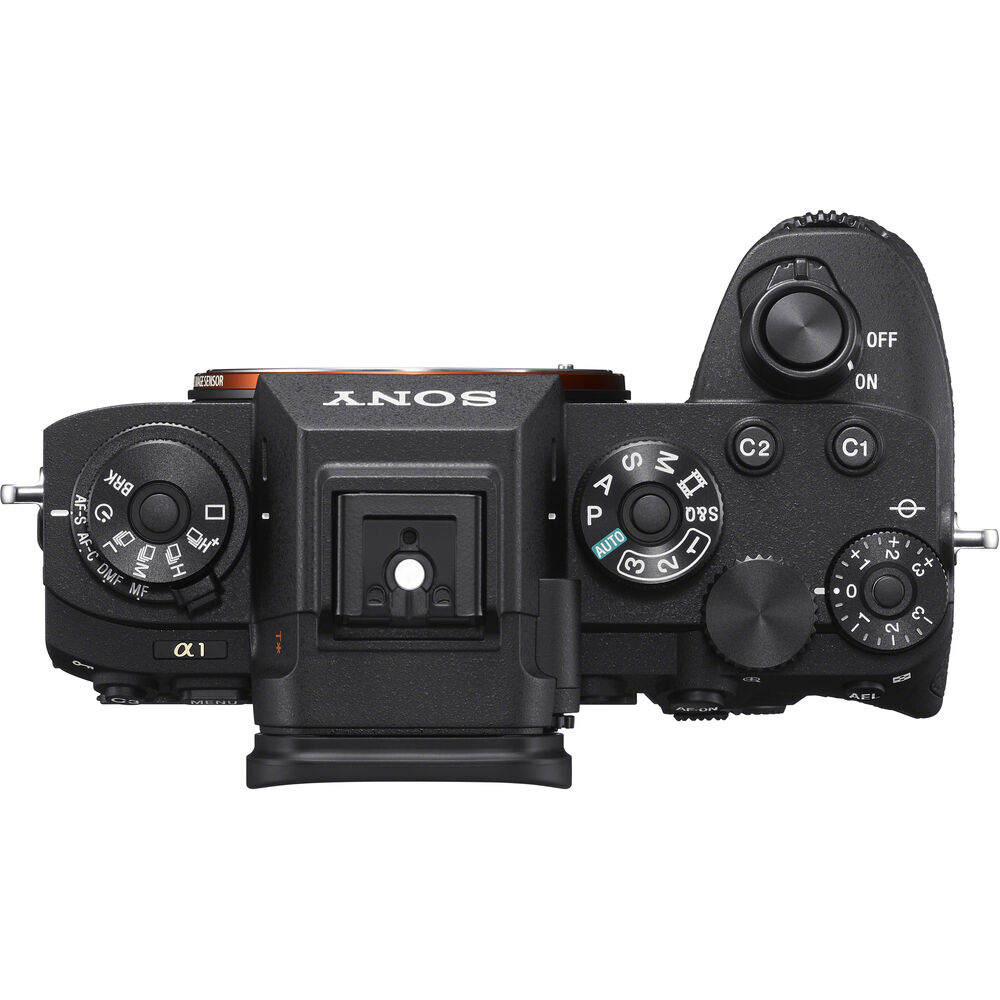
Photography Comparision
This comparison will be unfair if we do not take the still photograph ability of both the cameras. Because this is exactly where the Sony Alpha 1 is different to the Sony a7S III:
- The Alpha 1 supposedly has a fast readout speed. Weirdly enough, Sony compares Alpha 1’s readout speed, in context with rolling shutter performance, with the Sony Alpha 9 not the a7S III. I’d give this to the a7S III.
- Alpha 1 can capture 155 full frame compressed RAW images continuously at 30 fps and uncompressed RAW images at 20 fps. At 50 MP.
- Sony Alpha 1 has blackout free shooting even at continuous shooting modes. High readout speed from the new image sensor makes it possible to refresh the live-view EVF display 240 times per second while shooting continuous bursts, overcoming the distracting time lag that is usually associated with EVF viewing.
So, it basically. boils down to:
- Do you need 50 MP at 30 fps badly?
- Are you willing to pay twice the price of an a7S III for it?
Image Stabilization
Both the Sony a7S III (Amazon, B&H) and Sony Alpha 1 (Amazon, B&H) have internal image stabilization (IBIS). Alpha 1 claims to have 5.5 stops of image stabilization. The a7S III is limited to about 3-5 stops. In initial tests, the a7S III has great stabilization, especially with the new “Active Mode” (but with a small crop). The Alpha 1 also has active mode for video work.
The Sony Alpha 1 has a gyro information in built in addition to the IBIS, but to stabilize the footage you will have to use the Sony Catalyst software. On the whole I’d say it’s a tie.
Timecode
Both the cameras do not have timecode input. They have in built TC/UB in the in-camera menu which will allow you to only sync the footage if you manually start all of your cameras at the same time and then line it up by timecode in post.
Batteries and media cards
Here’s a look at the media:
| Camera | Dual card slots | Price per GB for 512 GB* |
| Sony Alpha 1 | Yes, CFexpress Type A or UHS-II SD Cards | $2.49/GB and $1.5/GB |
| Sony a7S III | Yes, CFexpress Type A or UHS-II SD Cards | $2.49/GB and $1.5/GB |
CFexpress Type A cards are not cheap. For practical shoots, you will need multiple cards. This could really add to your expenses if you want the best codec and performance.
For the a7S III and the Alpha 1, you need CFexpress Type A cards for 4K 120 fps. The SD cards can only go up to 60p in 4K. Also, you need to buy a special Sony reader as well. It gets expensive, fast!
What about battery life?
| Camera | Battery life | Cost of one battery | Cost of 6 hours of operation |
| Sony Alpha 1 | 90 minutes | $78 | $312 |
| Sony a7S III | 90 minutes | $78 | $312 |
Both of them are on par.
Which is cheaper to own?
Let’s just add up the costs:
| Camera | Sony a7S III | Sony Alpha 1 |
| Camera body | $3,498 | $6,499 |
| Media and Reader^ | $1,194 + $118 | $1,194 + $118 |
| Batteries* | $312 | $312 |
| Total | $5,122 | $8,123 |
*Guesswork, for 6 hours of operation.
There is a drastic difference of about $3,000. For that extra $3,000 with the Sony Alpha 1 (Amazon, B&H), you will undoubtedly get a better photography camera, especially if you are a sports, wildlife and journalism photographer.
Recap
First, a recap:
| Feature | Winner |
| Resolution | Sony Alpha 1 |
| Video features | Tie |
| DR and Color | Sony Alpha 1 |
| RAW and Codecs | Sony a7S III |
| Low Light Performance | Sony a7S III |
| Exposure Aids | Tie |
| Media | Tie |
| Lenses | Tie |
| Ergonomics | Sony a7S III |
| IBIS | Tie |
| Ports and Monitoring | Tie |
| Audio | Tie |
| Autofocus and Manual Focus | Tie |
| Battery life | Tie |
| Overheating | Sony a7S III |
Before we take our final decision, we’ll let the cameras tell us what they offer that the others don’t:
| Camera | USP | Major Cons |
| Sony Alpha 1 | 8K 30p, 50MP stills at 30 fps | Overheating, no swivel LCD, price, not a low light camera |
| Sony a7S III | Low light, LCD screen that swivels, longer record times | Overheating |
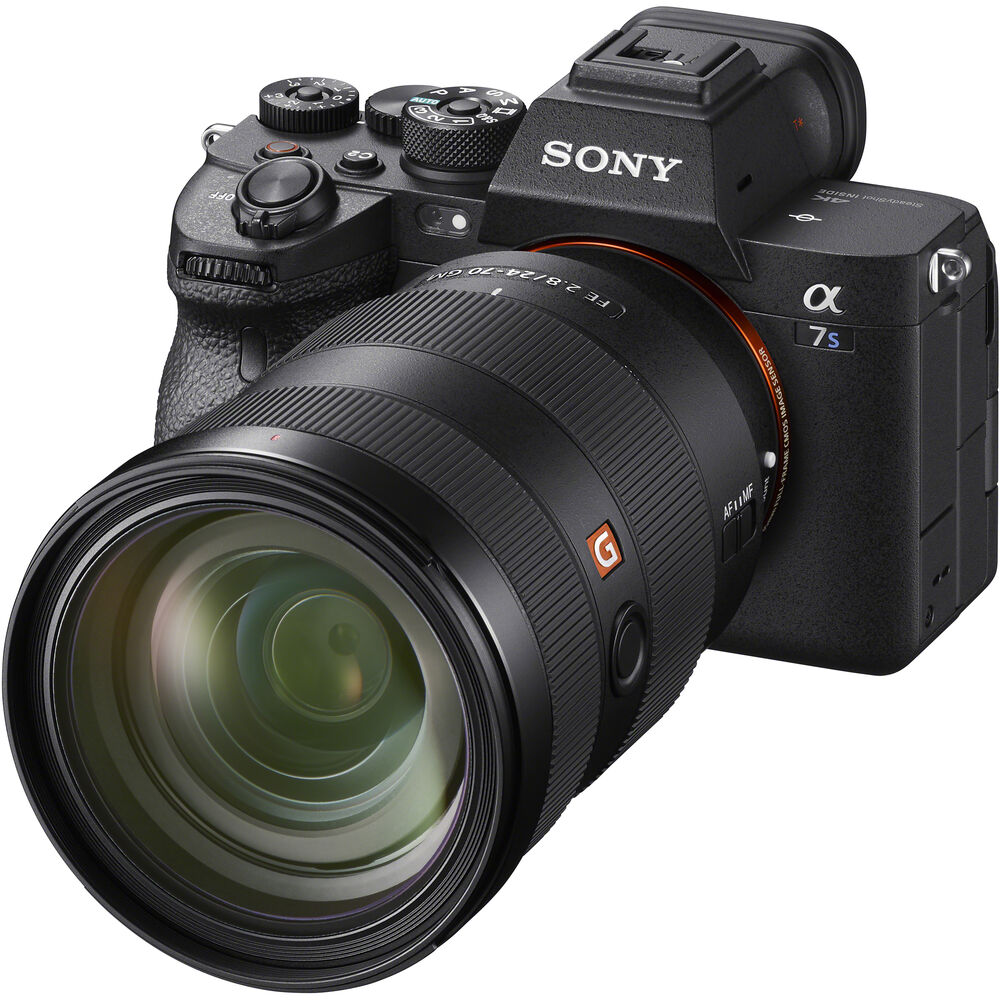
My Verdict
If 50MP at 30 fps will change the game for you, the Sony Alpha 1 (Amazon, B&H) is your camera. In this economic climate, though, you are the exception.
Strictly for video, I’d pick the Sony a7S III (Amazon, B&H) any day. It wins.
Watch my Sony a7S III review:
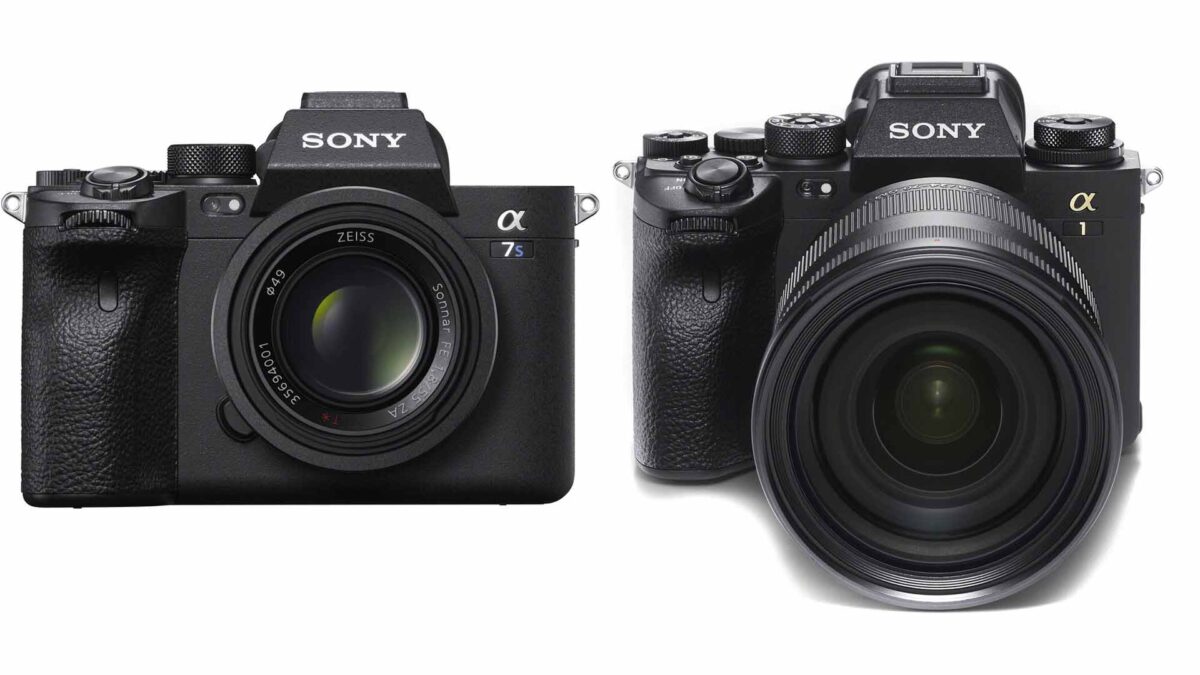
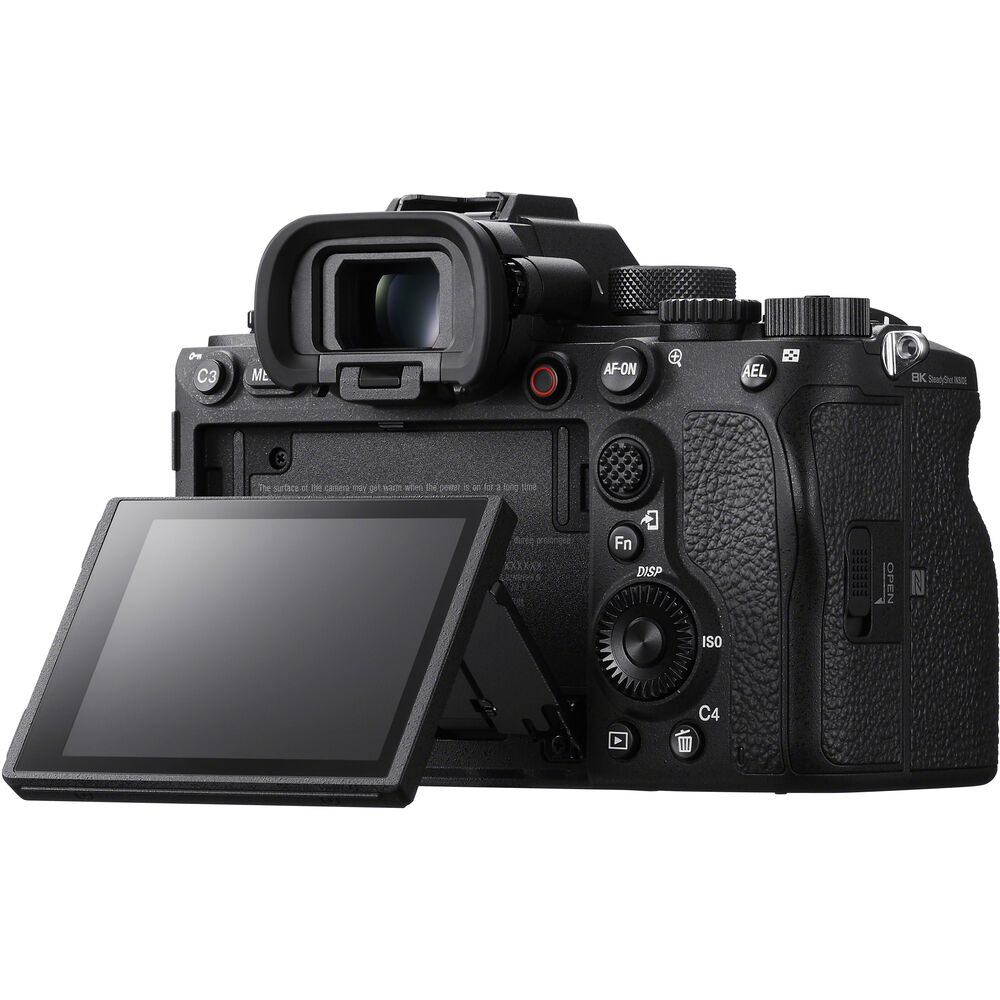


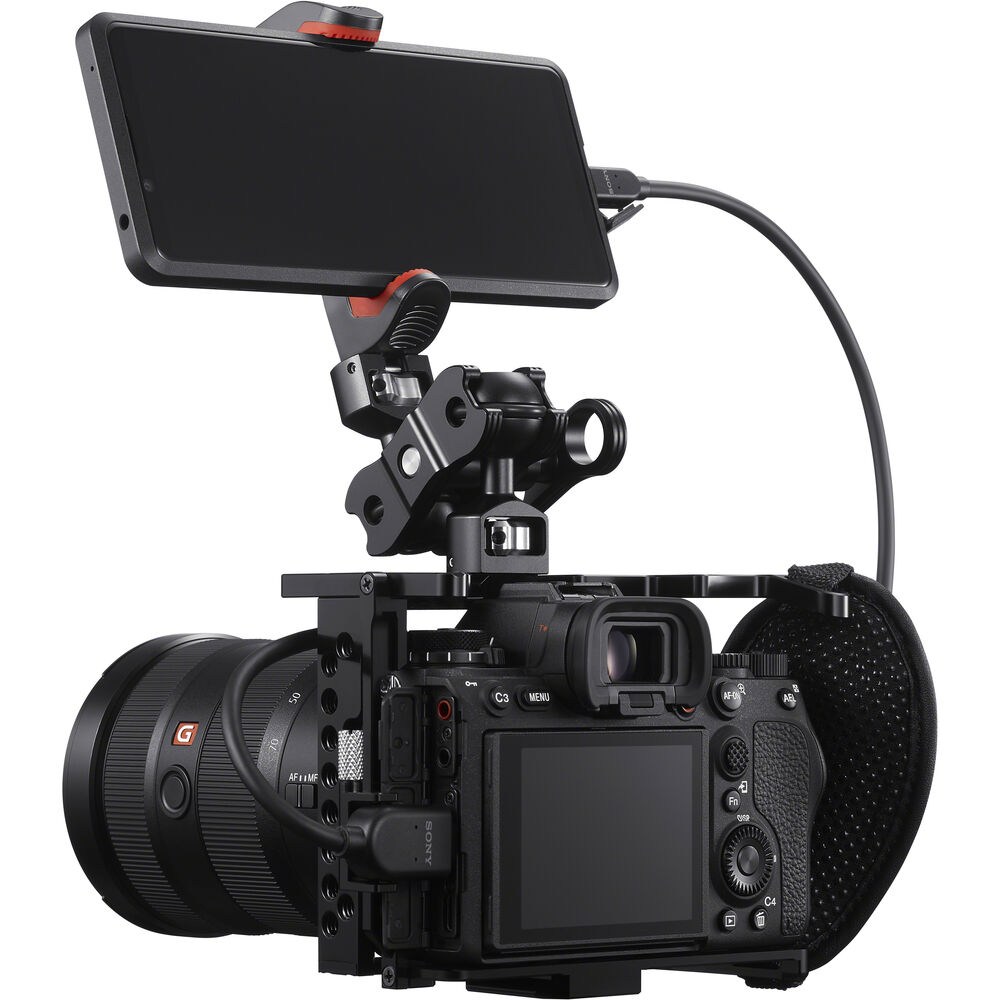
One reply on “Sony Alpha 1 vs Sony a7S III”
I plan t jam timecode with my atomx sync over bluetooth to a7s3 and zoom fx6 audio. Haven’t tested it all yet.